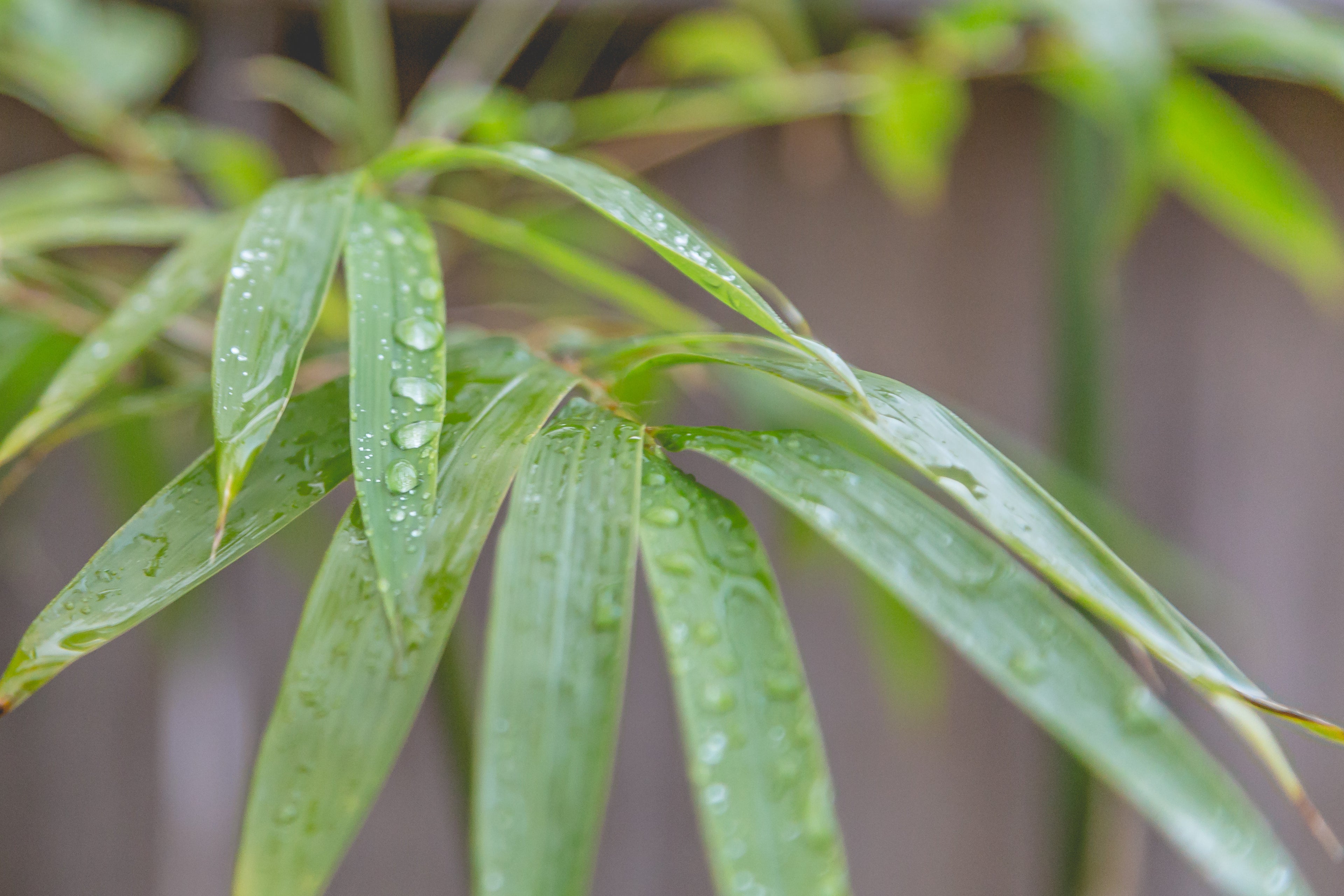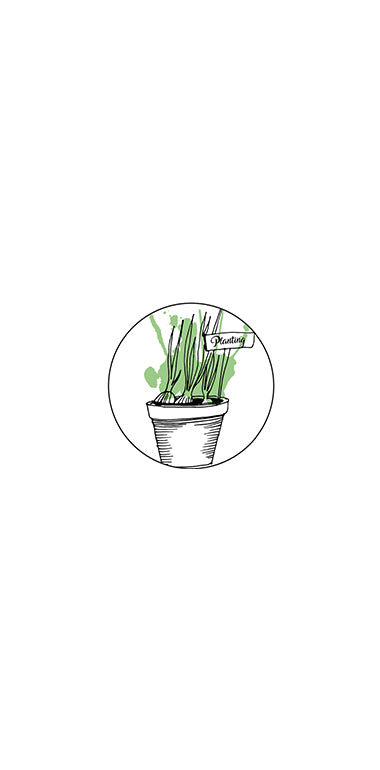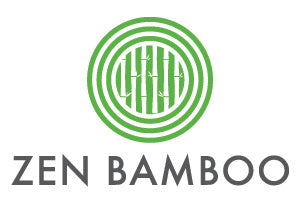
Bamboo Planting and Care Guide
Congratulations on your bamboo plant purchase. You have just purchased one of the world’s fastest growing plants – well, bamboo is a type of grass actually! Please review the following planting guide to ensure your bamboo is a success in the garden.

Zen Bamboo
Planting Bamboo
- Plant the bamboo out as soon as possible after purchase. If not planted on the same day, place the pot in a sheltered position and water it twice daily.
- Dig a hole as deep as the pot depth and twice as wide. In sandy or dry sites it can be beneficial to dig a slightly deeper hole, so the plant’s rootball is buried 30mm deeper than it was originally.
- Remove the plant from the pot, with minimal disturbance to the rootball. If required, you may need to cut the side of the pot with a knife to extract the plant. Soak the exposed rootball in water, prior to planting.
- Container Planting - planting in pots or troughs is possible however additional care will be needed. Due to bamboo’s shallow root system, wider pots rather than deeper pots are recommended. When planting, use a premium potting mix which has good water retention and slow release fertilizer. When planting, ensure the potting mix is packed in quite firmly. Cover the top of the soil with mulch. Water the plant in small amounts frequently for a few days to hydrate the potting mix. Given that bamboo kept in containers will need ongoing frequent watering, it may beneficial to setup a drip irrigations system.
- Once the plant is positioned into the ground, backfill in the hole with soil, pressing firmly around the rootball to avoid any air pockets. Ideally mix in a small amount of compost / aged manure into the soil – approximately 30 percent compost / aged manure, 70 percent soil.
- After planting, soak the plant area with water to merge the backfill soil with the existing ground soil. Use approximately a bucket of water per plant.
- Cover the base of the plant with organic mulch (approximately 50mm). This will help to retain moisture and keep the plant’s root temperate.

Zen Bamboo
Water and Food
- Frequent watering is needed in the first two months after planting and continued over the plant’s first spring and summer period. Drip line irrigation is not sufficient while the plant is establishing. Please be sure to undertake hand watering.
- The amount of water required will vary according to local conditions – amount of sun and wind, size of the plant and condition of the soil. Grey water is suitable for bamboo.
- Dehydration will damage the bamboo and can ultimately result in losing the plant. The first sign of dehydration is when the plant’s leaves roll up and look like a straw. If water is applied quickly, the leaves will unroll and the plant will be fine. Several and frequent watering will be needed to rehydrate the rootball. For longer periods of water stress, leaves will be damaged and drop off. Further stages of water stress will result in more damage, then loss of the plant.
- The bamboo should grow significantly within the first two years after its establishment in the ground, provided that it receives the sufficient water and nutrients. It is recommended to use any type of manure to feed the plant. Slow release fertilisers can also be beneficial as they deliver a consistent amount of nutrient to the bamboo over a period of time. Ensure to follow application guidelines specific to any fertiliser used. It is recommended to fertilise during spring and summer – the plant’s main growing period.

Zen Bamboo
Pruning
- Bamboo can be trimmed as preferred – both branches and culms / stems. Pruning lower culm branches (pleaching), can create a pleasant aesthetic look. Cutting the tops of culms can help to maintain a consistent hedge across. Thinning the plant includes cutting the culms to achieve a desired look as well as removing any old culms. This also encourages new shoots!
